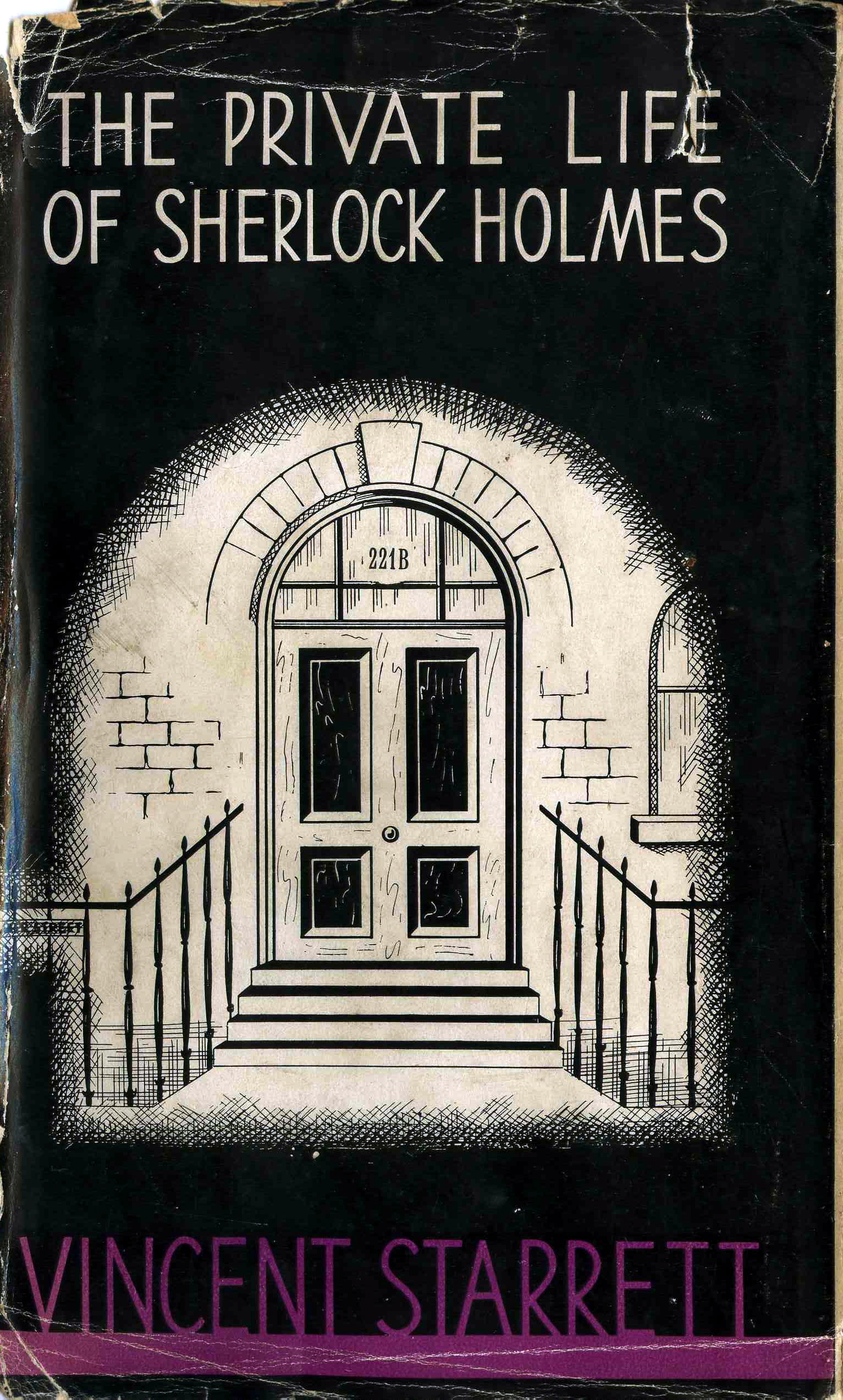The Final 'Private Life' Problem
Private Life Chapter 17: Summing up
A full shelf of Private Life. Here they are, all the editions we have looked at during the last three months.
First, let me thank all of you who have been patient and gone through the many chapters of the Private Life story. When I started writing this in September, I had no idea so many folks would follow along. The many kind notes and FaceBook posts you have left make it all worthwhile.
There are a few things I want to say before ending this bibliographical tale.
Hang in there. This won’t take long.
What is it that we love about Private Life?
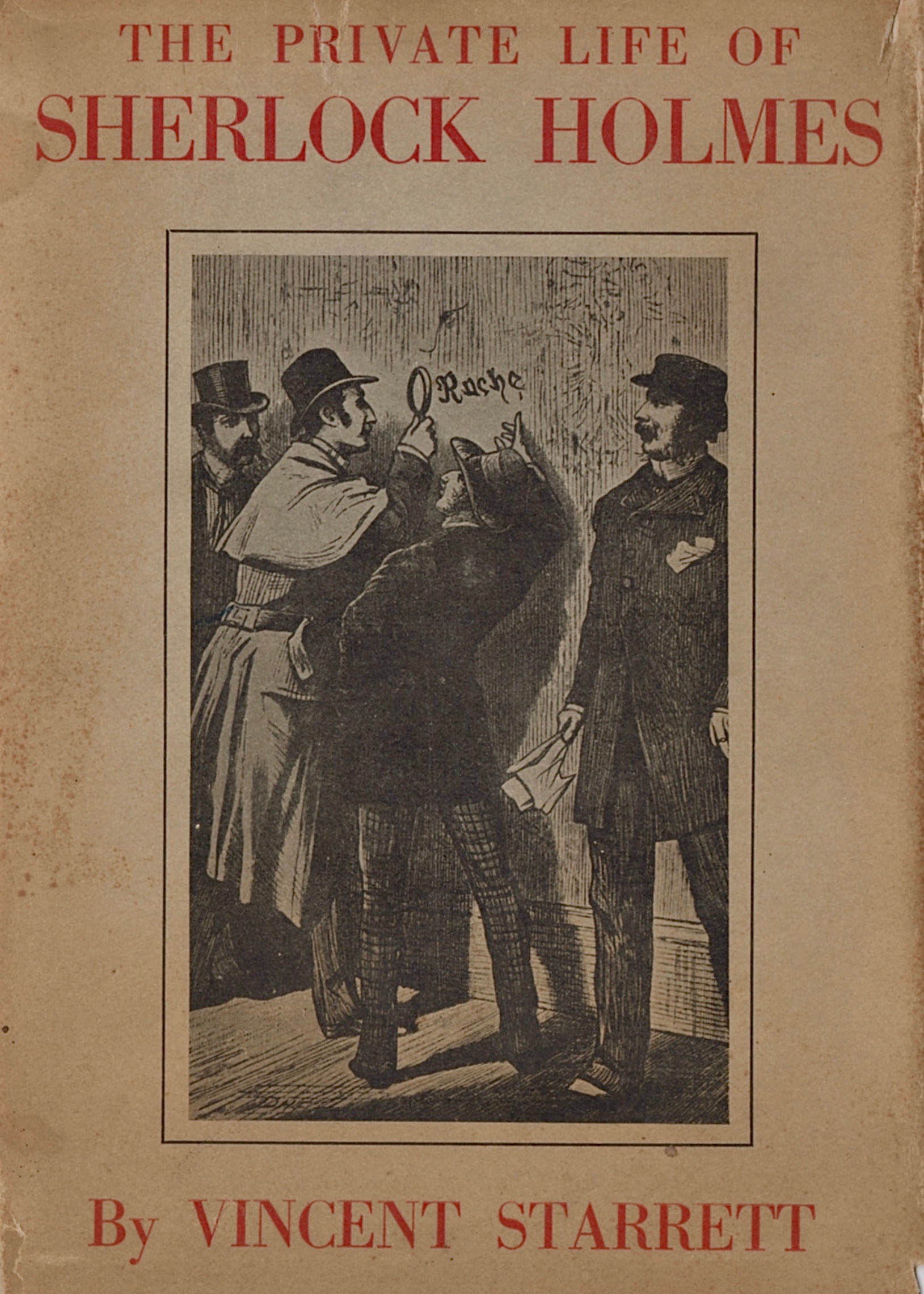
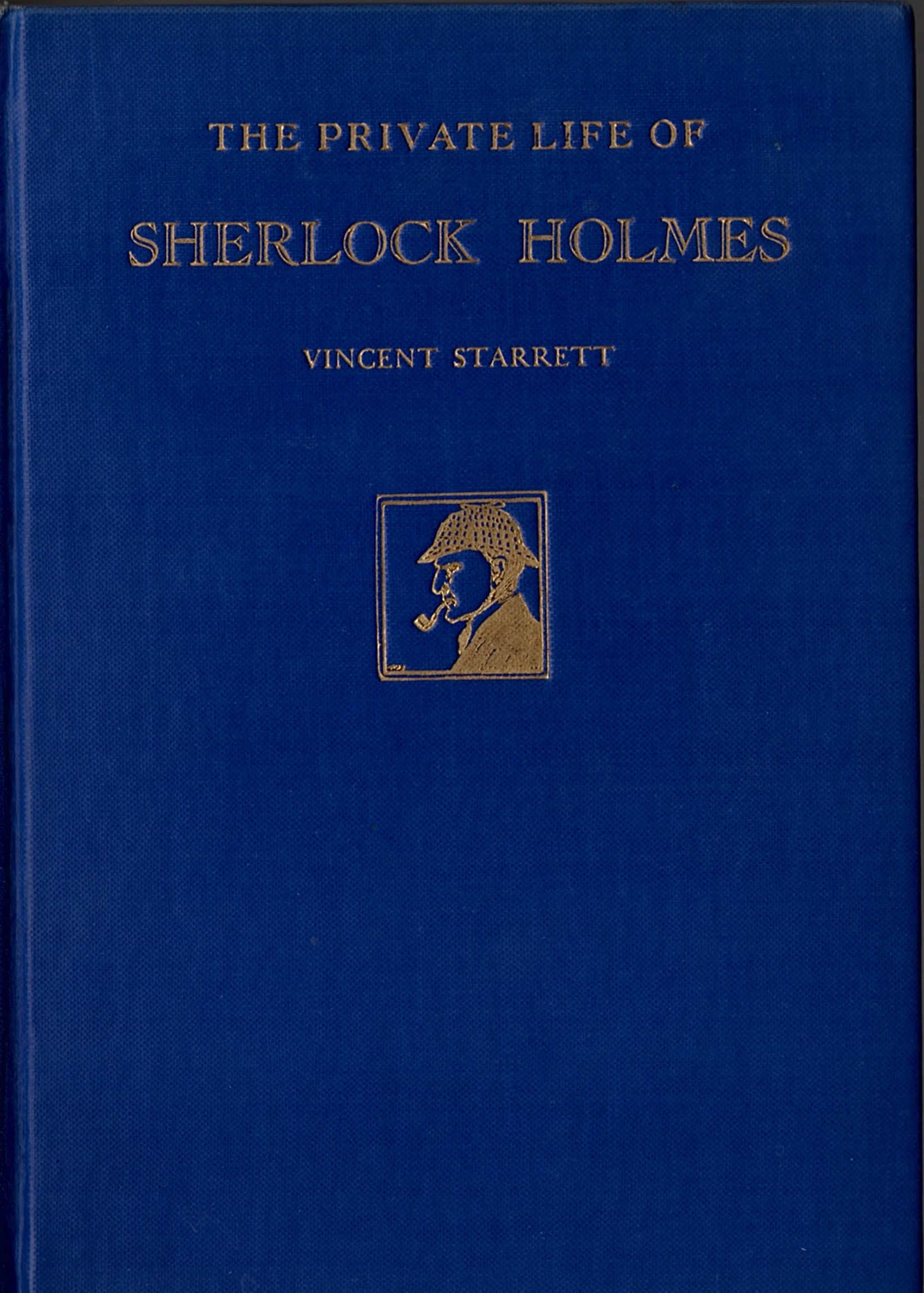
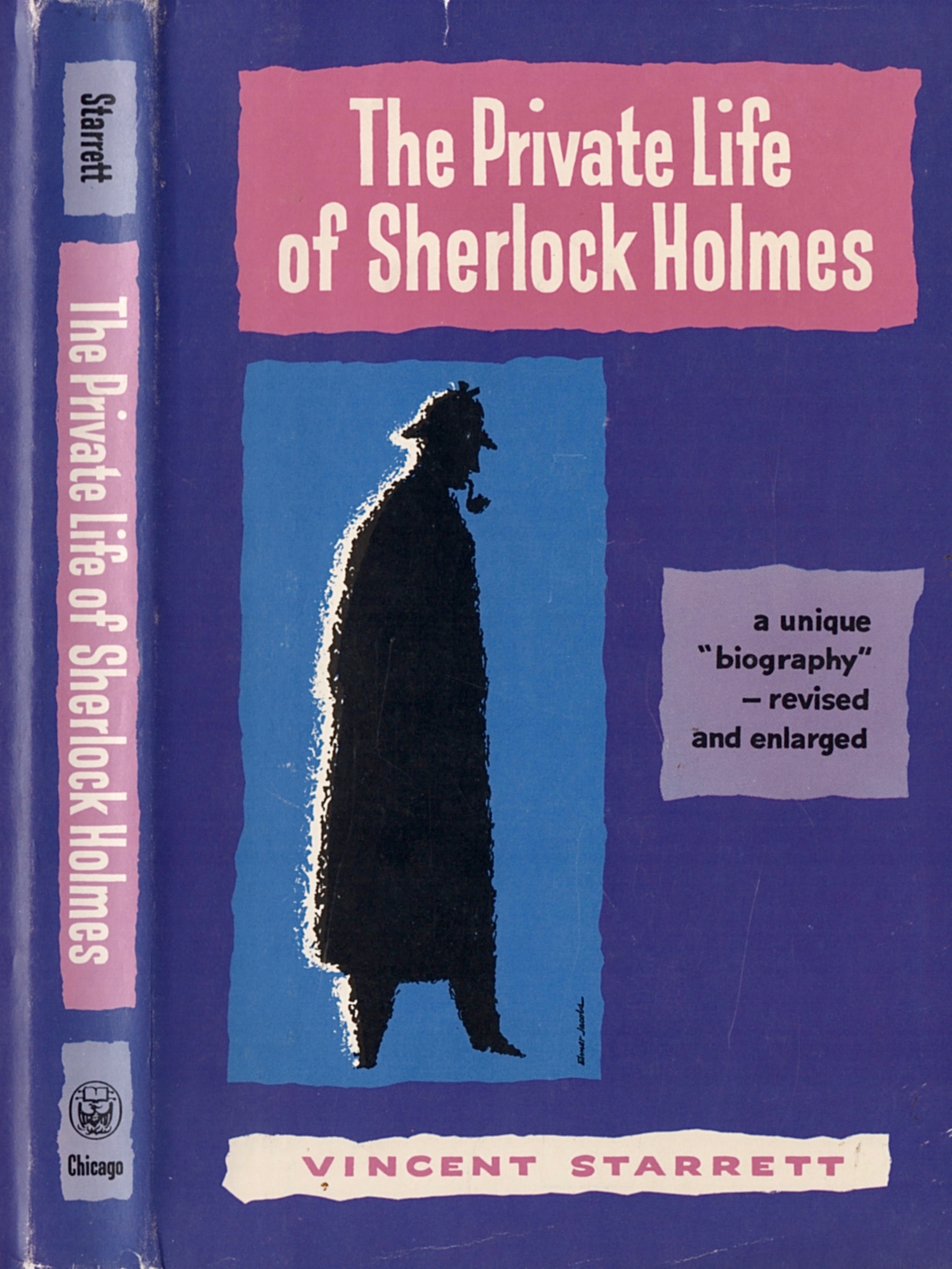
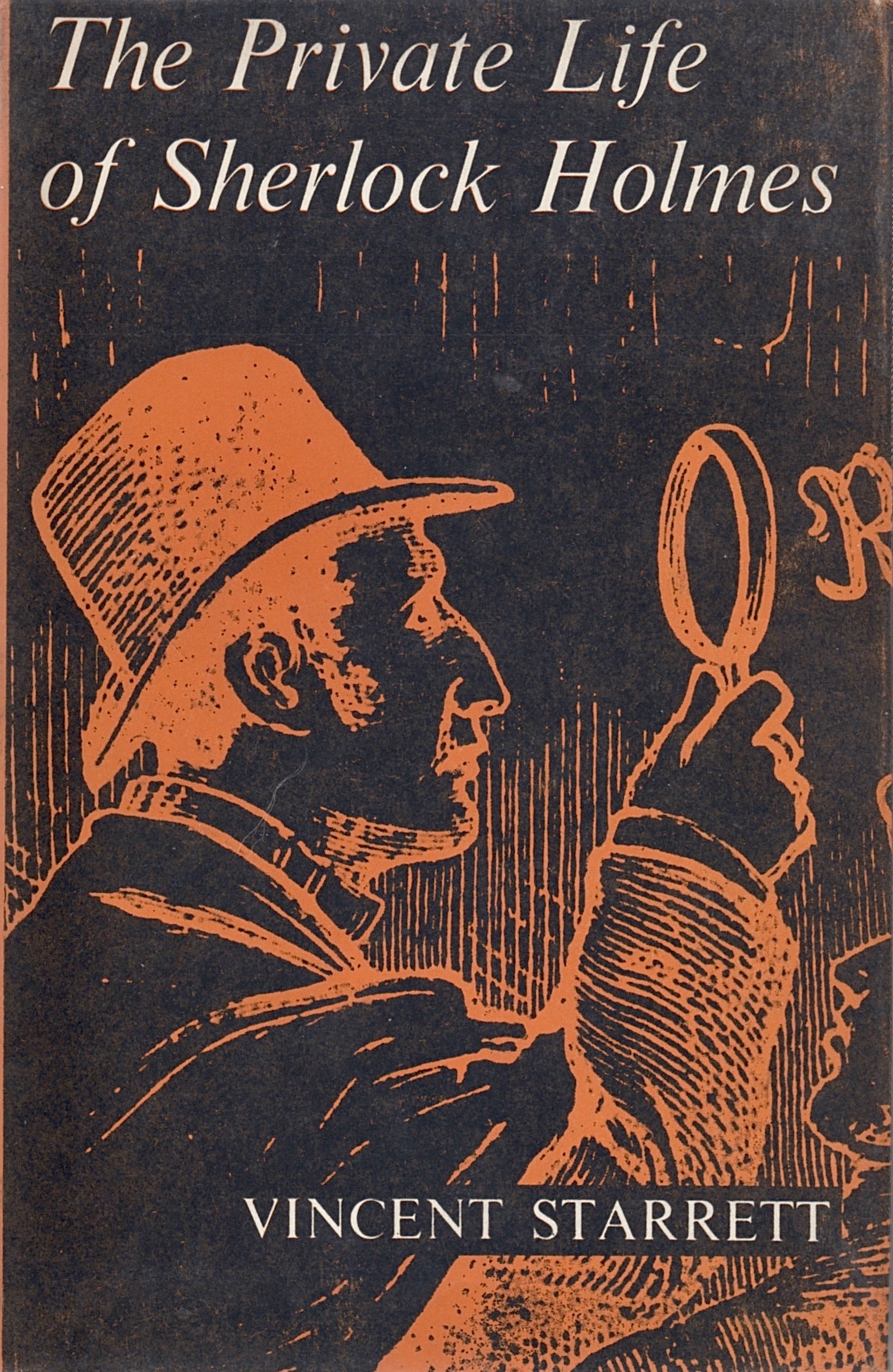
Why has Vincent Starrett’s The Private Life of Sherlock Holmes remained popular more than 85 years after its publication?
The question is a good one. After all, Private Life was written in the earliest days of the Sherlock Holmes movement in this country, long before the language of Sherlockian devotion had become standardized and the general boundaries of canonical scholarship had been set. There has been so much more written in the interim which goes deeper in the elements of the Holmes-Watson relationship and its impact on popular culture. By comparison, Starrett’s work seems to only scratch the surface and his discoveries and revelations were hardly new for 1933, let alone earth-shaking news after eight decades of Holmes work.
Certainly the book is not “perfect,” whatever that means. Critics at the time pointed out that the title was misleading and this really was not a biography that filled in the gaps left by Conan Doyle. (Others, like William Baring-Gould and Michael Harrison, would come along and attempt to create the comprehensive “life” of Sherlock Holmes critics seemed to want.)
For contemporary readers there are additional challenges. Starrett’s points of reference are decidedly out of date. Just look at the men he dedicated the book to: William Gillette, Frederic Dorr Steele, and Gray Chandler Briggs. These were contemporary figures, people he had met and with whom he had corresponded. Starrett was writing for readers of the 1930s, and takes for granted that we would recognize Gillette and Steele much as those of us today recognize Stephen King or George Clooney. But for readers of the 2000s, the men Starrett writes about are as quaint and outdated as the telegraph or horse-drawn cab.
And yet, Private Life has endured.
The Case for Private Life
Here are a few reasons why this book has endured:
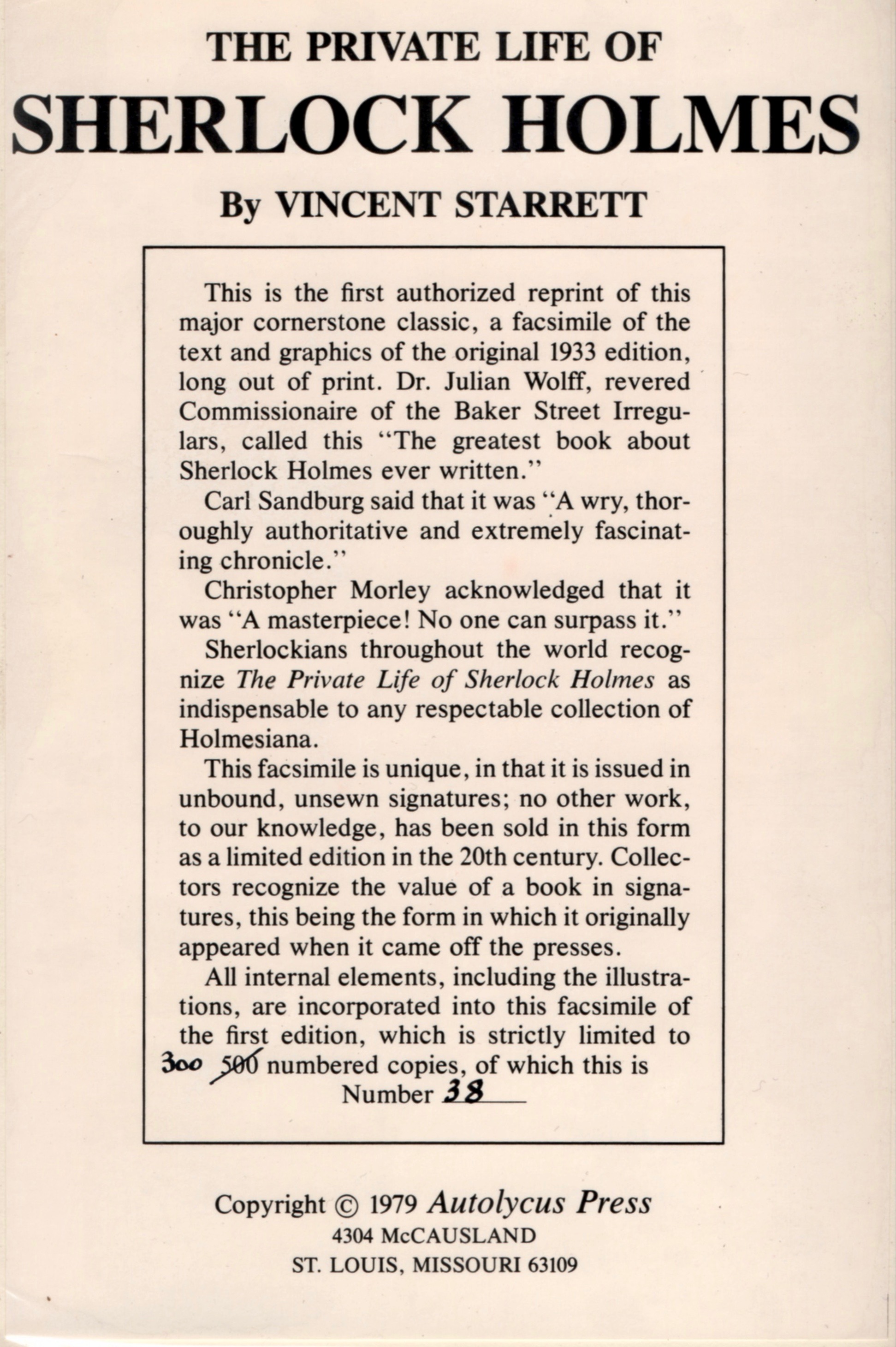
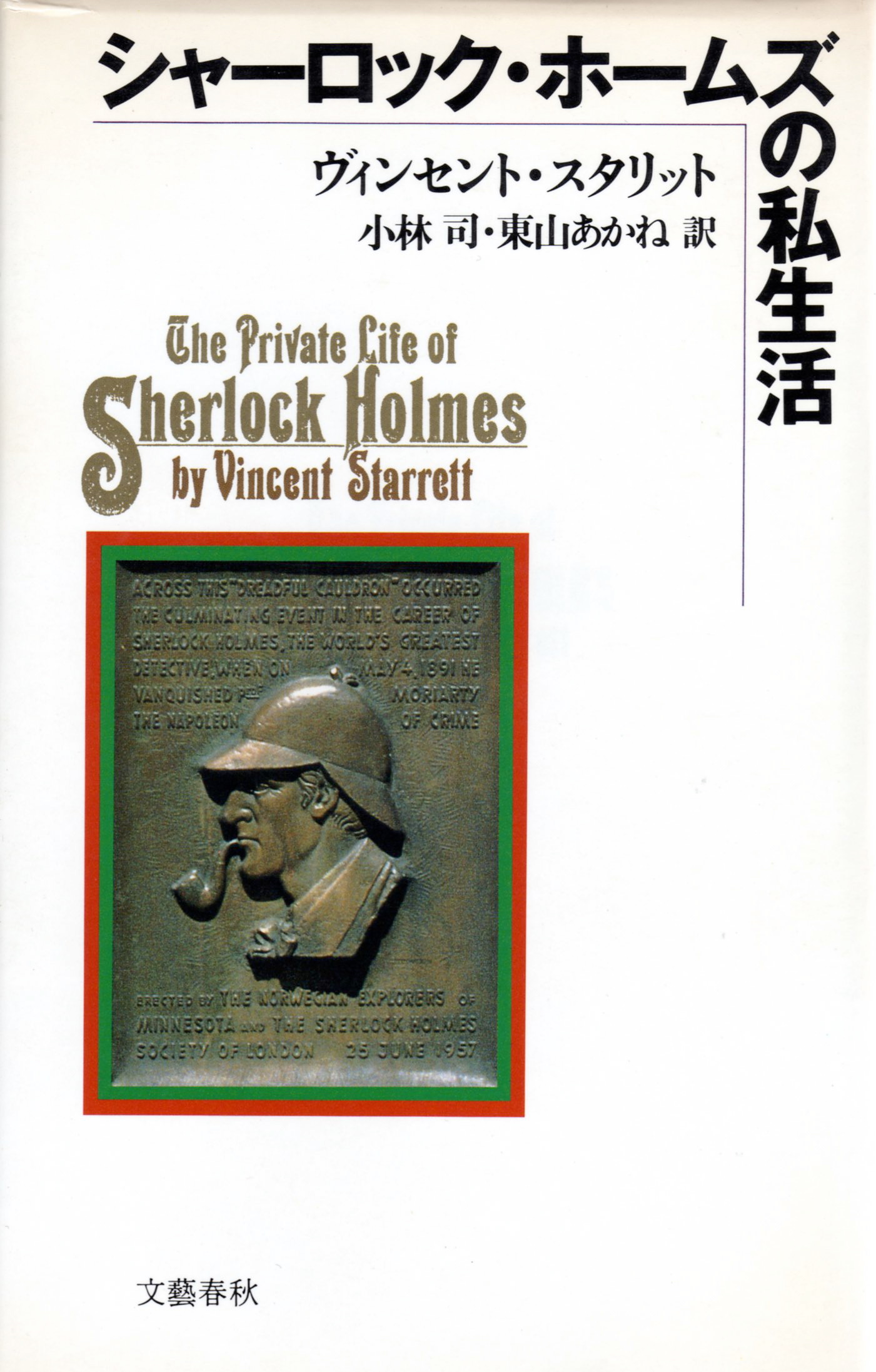

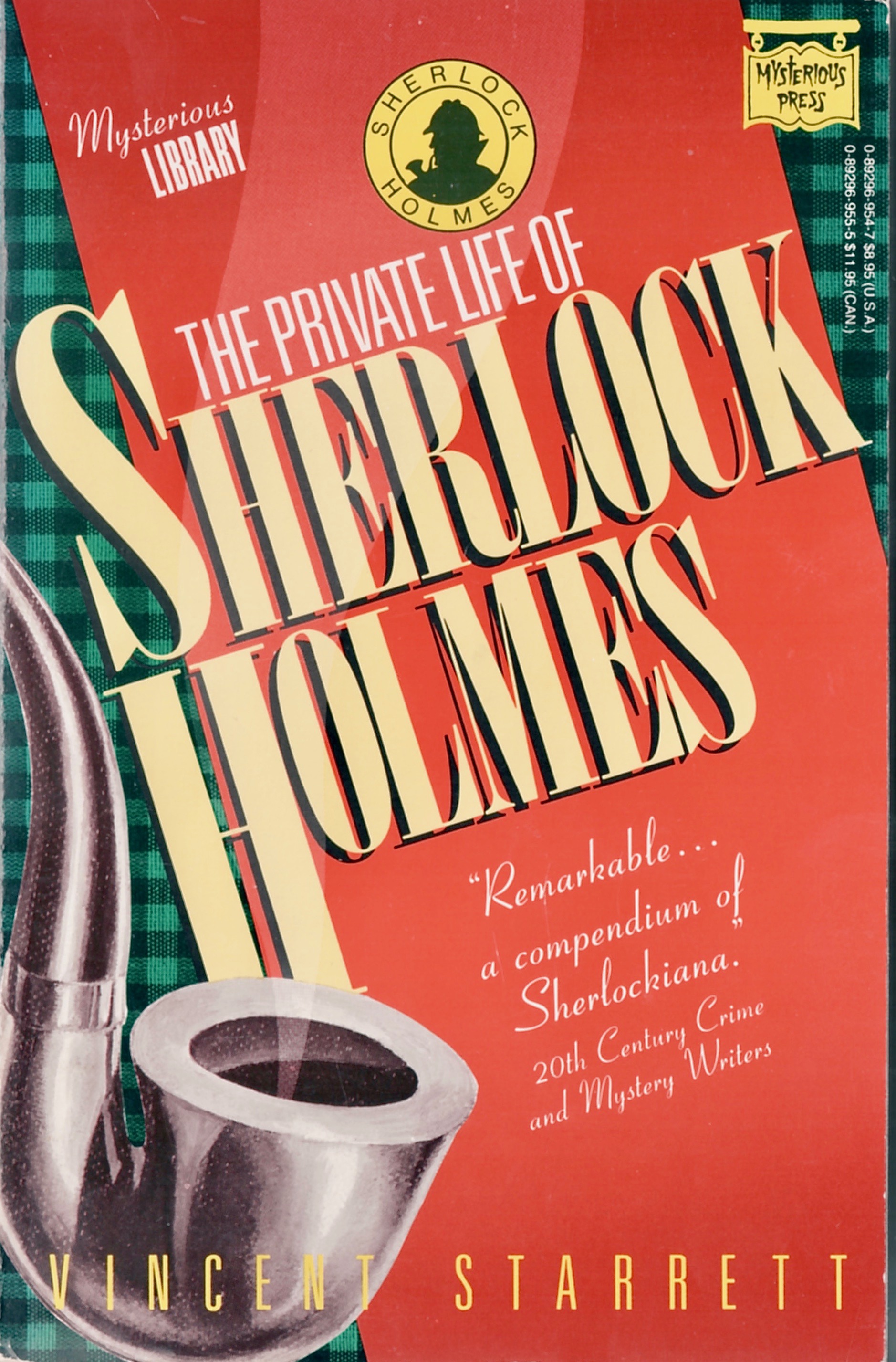
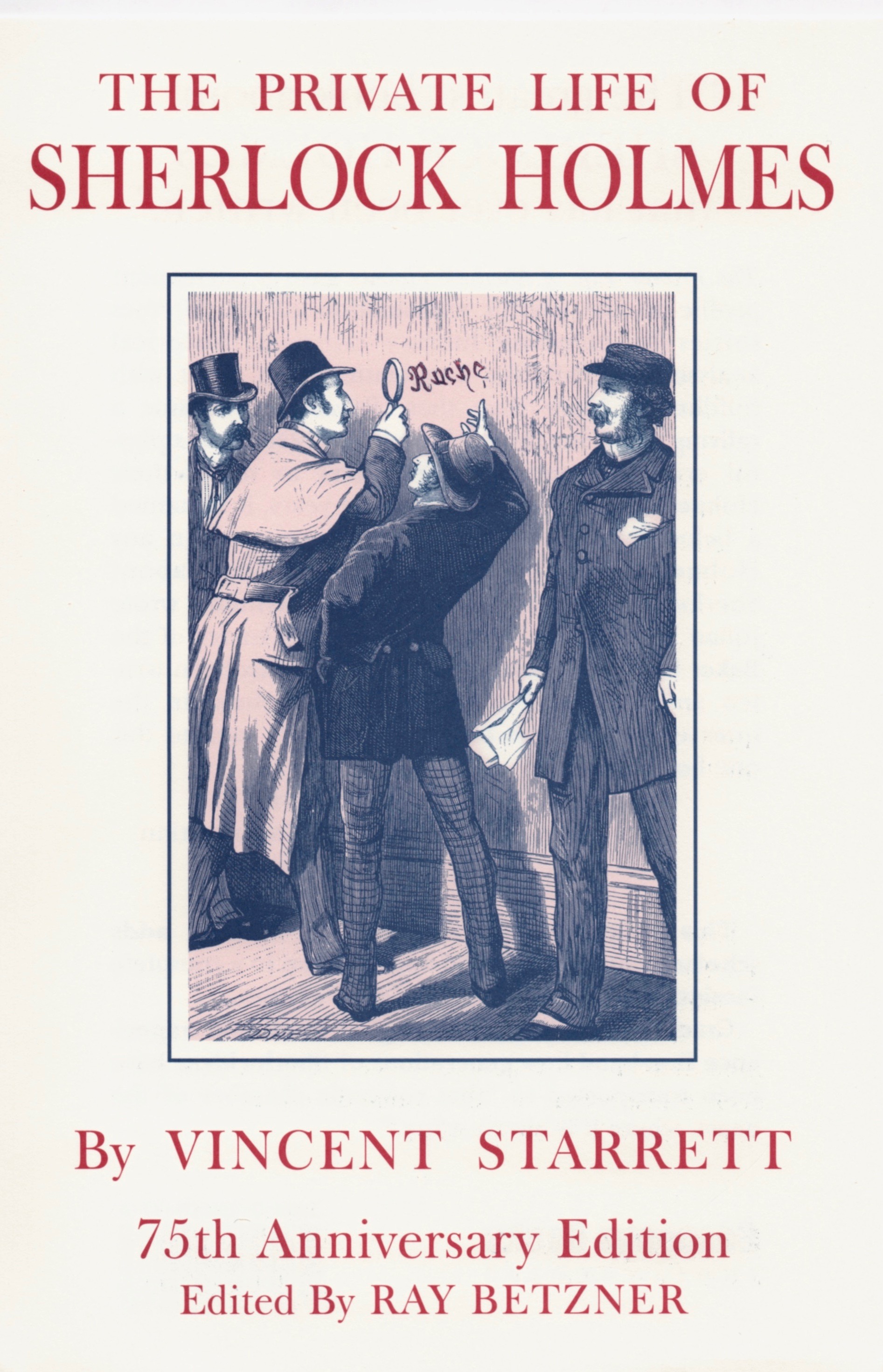
1. Private Life is a time capsule, offering a glimpse into the earliest days of our shared fascination with the master detective. Starrett was born into the late Victorian era and grew up with Holmes, even as new tales were being published. For him, Holmes was a piece of his childhood, and like the blanket that Linus refuses to release in the Peanuts cartoons, Starrett steadfastly carried Holmes into adulthood. Few other Sherlockians of that era offer as detailed a record of their early 20th century devotion.
Which brings us to the next reason.
2. Starrett first read the Holmes stories as a boy and never lost his childlike wonder for the Holmes canon. I have known passionate Sherlockians who, after a few decades, let the whole business slip away as their attention is taken up by other topics. Starrett never let go. Even in his 80s, when his writing ability was fading, Starrett would slip Holmes into the little articles concocted for local newspapers. For his entire adult life, the world of Baker Street was never far from his mind or his heart.
3. Most importantly, Private Life is Starrett writing when he was at the top of his game. As Otto Penzler pointed out, Starrett was a talented writer and knew how to hook and hold a reader’s attention. And when Starrett invested his writing with passion, romance, and nostalgia, he could not be beat. Faithful readers have seen this passage before, but I think it’s still among the best ever written about the Baker Street scene:
"But there can be no grave for Sherlock Holmes or Watson … Shall they not always live on Baker Street? Are they not there this instant, as one writes? … Outside, the hansoms rattle through the rain, and Moriarty plans his latest devilry. Within, the sea-coal flames upon the hearth, and Holmes and Watson take their well-won ease … So they still live for all that love them well: in a romantic chamber of the heart: in a nostalgic country of the mind: where it is always 1895."
The heart of a poet
Don Loving’s photo of Starrett, from the back inner dust jacket flap of the 1933 Macmillan edition.
In the end, I think that’s why I, and maybe you, return to Private Life. Starrett’s prose is often straightforward and plain, belying his roots as a daily newspaper reporter. (It is a trait he and I share.) But when he opens up, when he allows his heart to speak about his love for Holmes, no one can touch him.
There are enough passages scattered through the book that make a reader feel like Starrett has articulated the passion we share. Across the decades, he still gives voice to the grown-up boys and girls who cherish the world of 1895—which never existed and so can never fade—and lives within us all.
That is a sentiment worth re-reading in any edition.
One more thought
Finally, especially for those of my generation, Private Life was like a guide to the Sherlockian World. In the last post, guest author Steve Doyle called it Sherlockian 101. I could not agree more. I knew after reading this book that there were others out there like me who felt the same way about Holmes, and I went in search of them.
Whether the book will prove as useful for coming generations is a tale that has yet to be told.
Looking back
The spine of the Pinnacle edition from 1975.
One of the deficiencies of my blog design is that it doesn’t keep a set of previous posts that would allow you to easily move around each chapter devoted to Private Life. So, for those of you who have an afternoon to fill, here are links to every one of the chapters in the Private Live bibliography:
Chapter 1: The challenge is made and we begin our journey An introduction to the public life of Private Life.
Chapter 2: Before the book. The magazine appearances.
Chapter 3: First American Edition. The birth of a classic.
Chapter 4: Most are kind, but Queen is not amused. The critics take their turn.
From my shelves. First American edition: A bonus post.
Chapter 5: The British First Edition. Private Life comes home to London.
Chapter 6: Cyril Connolly says Starrett is nuts. The British critics take their shot.
Private Life bonus chapter: Haycraft has his say. "The finest … of Holmesian scholarship"
Chapter 7: The Great Hiatus, 1934-1960. In which a lot happens without a new Private Life.
Chapter 8: The 1960 American Revised Edition. Revised and enlarged.
Chapter 9: Will They Still Love Me? The 1960 edition among the critics.
Chapter 10: The 1961 British Revised Edition. Charm and ‘scholarship.’
Chapter 11: Two library editions that are (almost) forgettable. U.G.L.Y., you ain’t got no alibi.
Chapter 12: Pinnacle’s 1975 paperback. This time, it’s personal.
Chapter 13: Michael Murphy’s 1979 reproduction. ‘This facsimile is unique.’
Chapter 14: Two paperback editions. Otto Penzler strikes twice.
Chapter 15: The Japanese translations. The Private Life of Sherlock Holmes in Japan, X2
Chapter 16: A fitting tribute. The 75th Anniversary edition.

